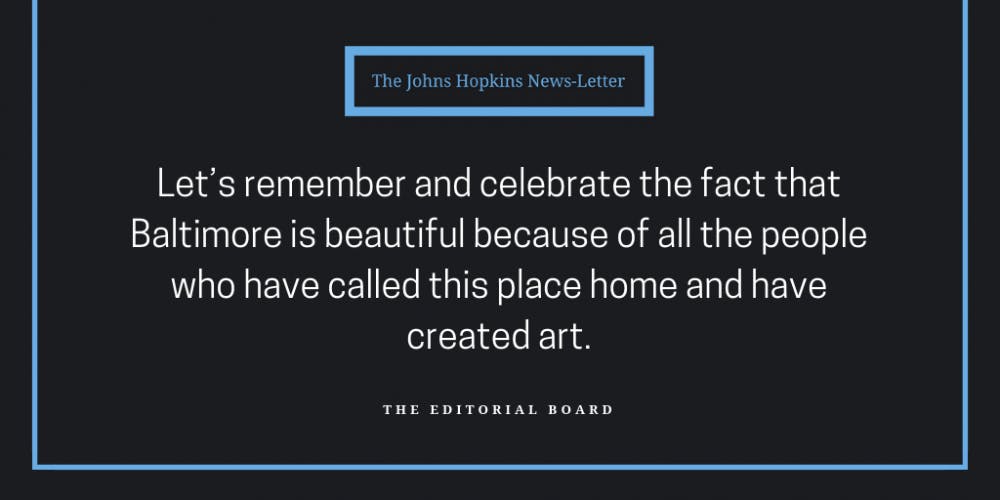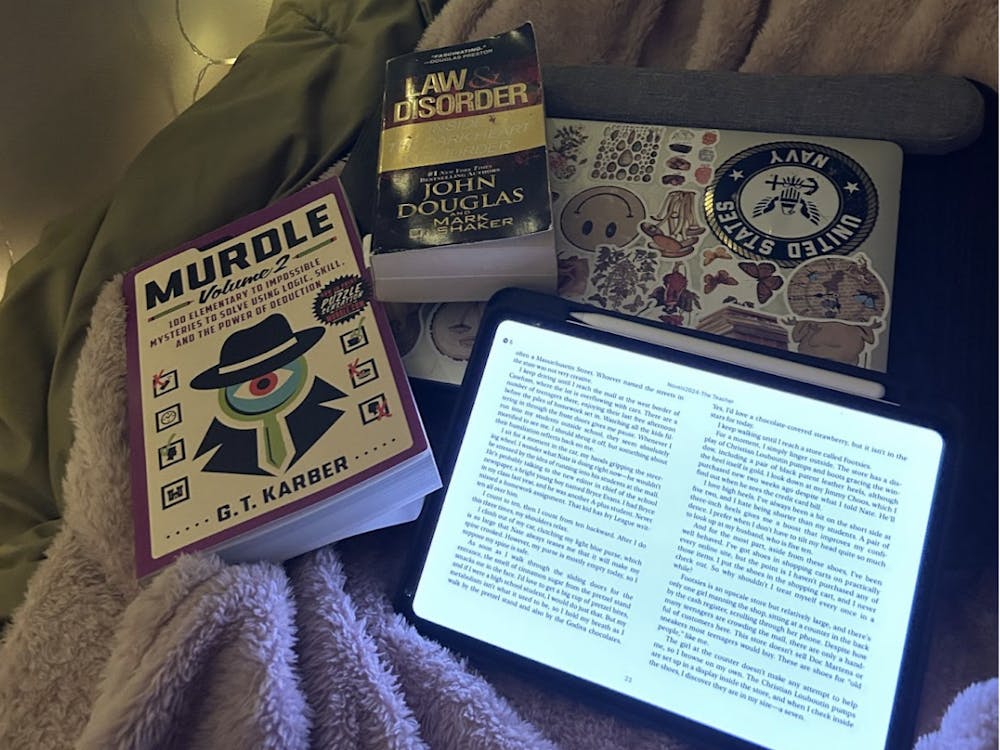Baltimoreans have called for a black arts and entertainment district to be designated in the city for years. Leaders of a Beautiful Struggle, a local grassroots think tank, formally applied to recognize a historic part of Pennsylvania Avenue in Upton as such a district this year. After a kick-off event in the area this weekend, the creation of a black arts district has never seemed more achievable.
We look forward to seeing this vision become a reality. People are often quick to point out Baltimore’s problems without acknowledging the many things our city has to celebrate. Our history in the arts – specifically the black arts – is certainly worth distinction.
Starting in the 1920s, black arts flourished along Pennsylvania Avenue in West Baltimore. It was home to the famous black-owned Royal Theater, to the iconic Club Tijuana, a jazz venue, and the still-standing Arch Social Club for black men. The Avenue was a hub for jazz, hosting famous musicians and singers like Billie Holiday, Louis Armstrong, Miles Davis and John Coltrane.
Recently, however, many have forgotten this history and have come to associate the area with the 2015 Baltimore Uprising. After all, Upton is right next to Sandtown-Winchester where 25-year-old Freddie Gray was arrested. Gray was an unarmed black Baltimorean who died from injuries sustained while in police custody. Much of the subsequent peaceful and violent protests of the Baltimore Uprising took place in the area.
Due to a racist legacy of redlining, white flight and disinvestment, West Baltimore struggles with crumbling infrastructure, police brutality and violence. For decades, the very community which made indispensable contributions to our city’s culture has been overlooked.
Baltimore already has three state-designated arts and entertainment districts – in Station North, Highlandtown and around the Bromo Tower – which aim to create incentives for artists and investors. Designating Pennsylvania Avenue as an arts and entertainment district will not only afford Baltimore’s black arts the spotlight it deserves, but could also bring investors and small businesses to revitalize the area through tax credits and incentives.
That being said, designation as an arts district often comes hand-in-hand with gentrification, as it did in the Northeast Minneapolis Arts District, which was created in 2003. As developers construct new spaces, rent and taxes may increase. While the wealthy rake in profit, the already marginalized community residents may face rising cost of living and be forced to move.
But with the case of a black arts and entertainment district along Pennsylvania Avenue, we are optimistic. City activists and residents have advocated for the city’s black communities for years, and have worked with local schools and arts organizations to support the creation of a black arts district on Pennsylvania Avenue.
Today, Baltimore remains a highly segregated city, in which predominantly white communities thrive and predominantly black areas have been neglected. A district that celebrates black art and culture and is created by black community members will help to erode these divisions.
As Hopkins students, we are also citizens of Baltimore. Therefore, we also have a responsibility to help bridge divides and respect the community of which we are part. That starts with acknowledging our city’s rich history.
Students need to make an effort to explore more of Baltimore. Try to venture outside the bubble and more importantly, outside the “white L” — Federal Hill, Fells Point, Inner Harbor and all those neighborhoods along North Charles Street that we always go to when we get off campus. Let’s remember and celebrate the fact that Baltimore is beautiful because of all the people who have called this place home and have created art. We should rally behind the black community leaders who are working to make a black arts and entertainment district in West Baltimore a reality.





